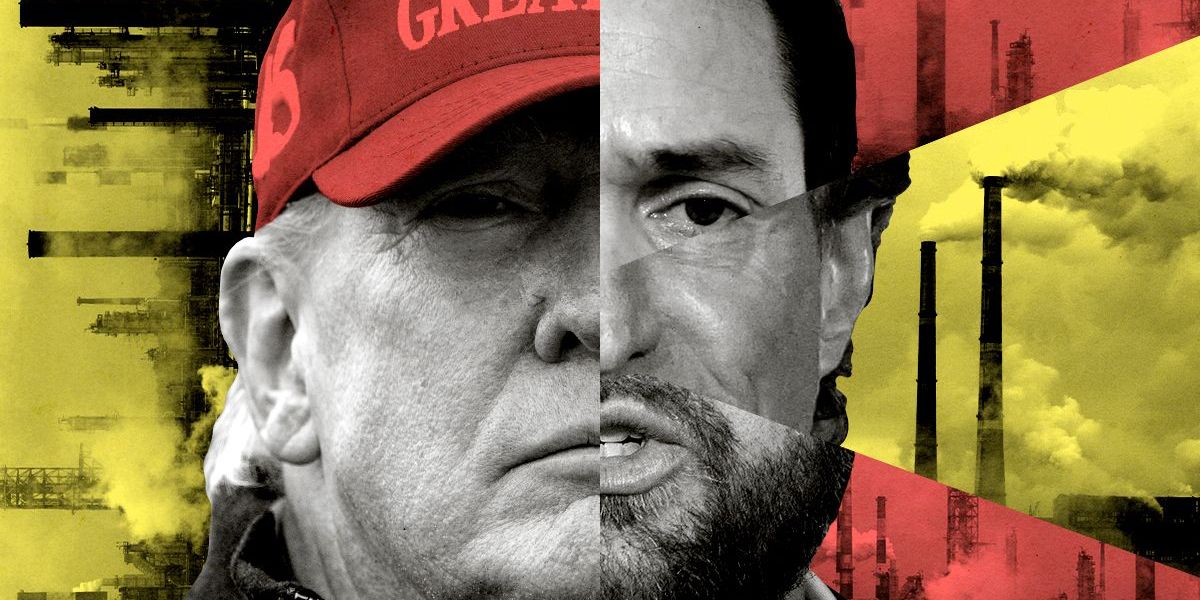
Key bunker hubs such as Singapore and major shipping companies, particularly container lines, globally are embracing biofuel bunkers, with their popularity also reflected in the rising number of Veritas Petroleum Services-inspected marine biofuels samples, a senior VPS executive told S&P Global Commodity Insights in an interview.
“From 2020 to 2022, our testing work with biofuels has grown by 14 times,” Managing Director for Asia, Middle East & Africa at VPS Rahul Choudhuri said, adding that the “the larger ship owners have all completed their trials.”
Biofuels are being increasingly sought to reduce greenhouse gas emissions from marine fuels. The renewable content of marine fuel when bunkered is an important parameter as this is used to quantify the emissions reduction delivered by using this fuel, Choudhuri said.
S&P Global expects biofuels consumption globally to reach around 10.5 million mt in 2050 in its higher intake case, which assumes an accelerated decarbonization drive in both public and private sectors.
Singapore, the world’s largest bunkering port, reported more bio-blended bunker fuel sales than LNG last year. Its bunker sales in 2022 included about 140,000 mt of biofuel blends for more than 90 biofuel bunkering operations, which surpassed 16,000 mt in LNG bunker sales.
In 2023, Singapore’s marine biofuel sales are expected to rise further, Choudhuri said, adding that three important developments in Singapore were providing biofuels the much-needed impetus.
Last year, the Singapore Shipping Association, under the auspices of the Marine Fuels Committee, released an FAQ on biofuel bunkers for ocean going vessels.
“We thought this was important to get Singapore [biofuels] ready,” said Choudhuri who is currently the vice-chairman of this committee.
“Then the GCMD has been involved in a project on biofuels to ascertain their quality, supply chain integrity and assurance. We [VPS] have been working very closely with them,” Choudhuri said.
According to Choudhuri, one aspect of this project looked at Neat biofuel being secured in China and sent to Singapore, where it was blended and supplied, with the focus on ascertaining the integrity of the supply chain, how secure it is, what the characteristics of the fuel are, what happens to the blend — whether it looks good, bad or stable.

The third development is the WA 2:2022 — a provisional national standard on specifications of marine biofuel — developed under the purview of the Chemical Standards Committee (CSC), under the Singapore Standards Council, said Choudhuri, who is also the Chairman of the CSC’s Technical Committee for Bunkering.
“Currently, there is no biofuels standard in the world, and we felt that the ISO is too slow and not looking at it specifically as it has other issues to address,” Choudhuri said.
“If the users pay attention to WA 2, they would be assured of getting a good quality biofuel,” Choudhuri added.
Disconnect, misplaced concerns
Singapore allows up to B50 biofuel blends under the WA 2 but the most used presently is B24, Choudhuri said.
A rule under MARPOL Annex II disallows suppliers from carrying biofuels as a cargo beyond 24% of the mix unless it has a chemical tanker notation.
“So, future bunker tankers arriving in Singapore will have to have the chemical tanker notation because now we are getting ready to supply biofuel blends that can be higher than 24%,” Choudhuri said, adding that Singapore will also amend the SS 648 — the code of practice for bunker mass flow metering — to account for biofuels bunkering.
“The parameters of biofuels pretty much mimic fossil fuels such as viscosity & density. So, in principle the MFM can support biofuels bunkering… but we want to amend the standard to show that the equipment is capable of handling it and make MFM mandatory for its bunkering.
Historically, ships were designed to burn vegetable oils. Shipowners can use them with little modifications to their engines and minimal changes to bunkering infrastructure. So, it is viable, Choudhuri said.
There is some concern about the availability of biofuels as “SAF [sustainable aviation fuel] may get the best of them,” he said.
“However, I don’t think that is a grave worry. I think supply will be created if demand emerges,” he said.
Before the IMO 2020, there was a lot of anxiety about VLSFOs, what the new 0.5% marine fuels will be — will they be stable, compatible, and even amply available. However, the shipping industry has shown that it is resilient, and nobody is raising such concerns now, Choudhuri said, adding that they are very much a mainstream fuel now.
While there will be a green premium for biofuels, particularly for HVO, present rules such as CII and upcoming rules will make biofuels more cost competitive to conventional fossil fuels, Choudhuri said.
HVO currently costs about double the value of very low sulfur fuel oil — the most used marine fuel with 0.5% sulfur — while FAME prices are about 30%-50% higher than VLSFO depending on the blending proportion, according to industry sources.
Platts assessed MF 0.5% S Singapore FOB cargo at $527.46/mt on May 4 and MF 0.5% S Fujairah FOB cargo at $540.12/mt May 3, showed S&P Global data.
Some sources contended, however, that the IMO’s CII does not recognize the decarbonization effects of using biofuels. However, Choudhuri said that India had given a submission to the IMO ahead of the Marine Environment Protection Committee 80, recommending that biofuels should be given a zero-carbon factor.
“If you use a lower carbon factor, you are improving CII, which is line with IMO requirements,” Choudhuri said.
Although the carbon factor for biofuel has not been clarified yet, it is going to come up in MEPC 80, Choudhuri said, adding that “this part of the discussion forms part of the lifecycle assessment.”
Source: Platts
https://www.hellenicshippingnews.com/vps-inspected-marine-biofuel-samples-surge-amid-push-towards-sustainable-shipping/






